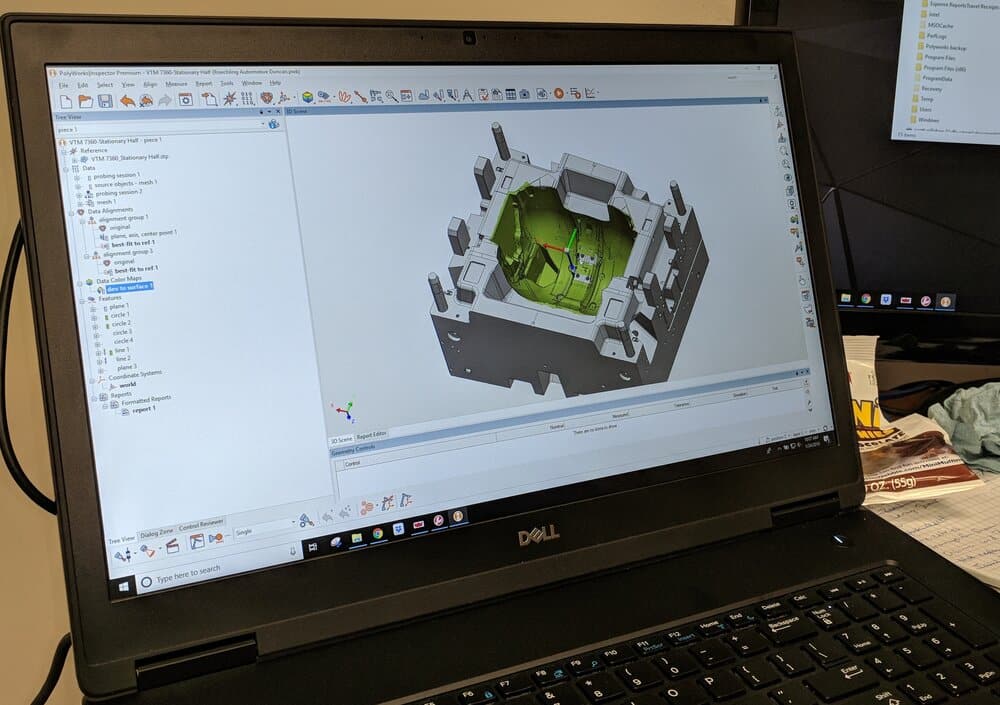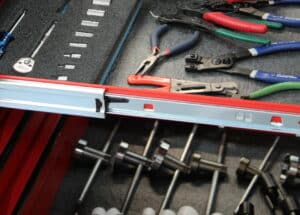Metrology Glossary: First Article Inspection (FAI)
What Is A First Article Inspection?
A First Article Inspection (FAI) is a critical quality control process for validating newly designed or modified products. Typically performed by suppliers but also by customers or third parties, it involves a thorough examination of engineering specs, precise dimension measurement, rigorous functionality testing, and defect inspection. The results are documented in a report that includes product details, specs, inspection methods, and findings. This report is a crucial record aiding in the early detection and resolution of manufacturing issues before mass production. FAIs are essential in quality management systems to ensure consistent adherence to high-quality production standards.
Why Are First Article Inspections Important?
First Article Inspections are used to determine the quality of processes and products within multiple industries including:
Automotive Industry:
- Ensuring the precision of engine components and dimensions to mitigate malfunctions and safety risks.
- Confirming the alignment and appearance of exterior body panels for both visual appeal and optimal aerodynamic performance.
- Validating the operational reliability of electrical components and systems to prevent electrical failures and uphold vehicle safety.
Electronics Industry:
- Inspecting printed circuit boards (PCBs) for defects while ensuring correct component placement and soldering.
- Assessing the performance of electronic elements such as transistors, resistors, and capacitors to meet designated design specifications.
- Confirming the proper functioning of electronic assemblies, including power supplies, sensors, and actuators, to ensure product reliability.
Aerospace Industry:
- Verifying the dimensional accuracy and material characteristics of critical aircraft components to guarantee structural integrity and flight safety.
- Testing the functionality of aerospace systems, encompassing hydraulics, pneumatics, and avionics, to ensure dependable operation in challenging environments.
- Ensuring the harmonious compatibility and integration of components sourced from diverse suppliers to uphold aircraft performance and safety standards.
Medical Device Industry:
- Inspecting medical devices for imperfections and ensuring adherence to rigorous sterilization requirements.
- Evaluating the biocompatibility of materials used in medical devices to prevent allergic reactions and infections in patients.
- Confirming the operational efficiency of medical devices, such as implants, surgical instruments, and diagnostic equipment, to uphold both patient safety and efficacy.
Pharmaceutical Industry:
- Confirming the purity and uniformity of pharmaceutical ingredients to ensure the safety and efficacy of drugs.
- Testing the functionality of pharmaceutical packaging to safeguard product integrity and prevent contamination.
- Validating the manufacturing processes for pharmaceutical products to ensure consistent adherence to quality standards and regulatory requirements.








